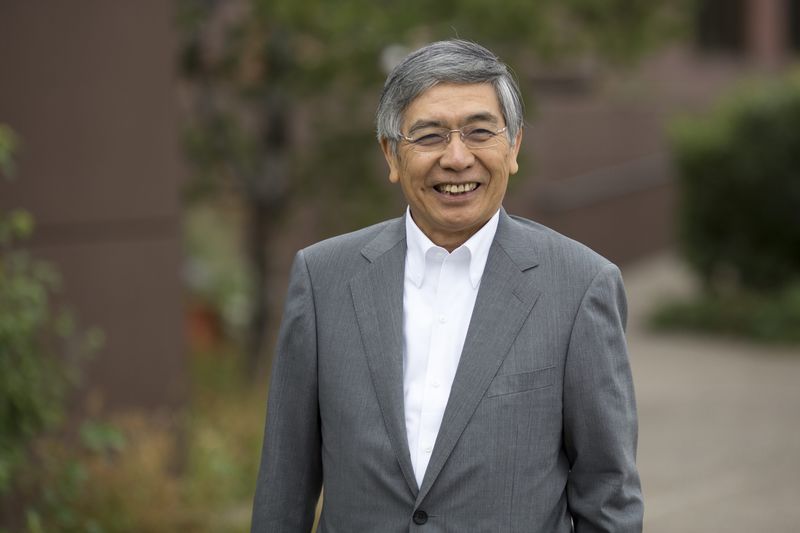(Bloomberg) -- Investors got more of a feel for the new reality of the Bank of Japan’s monetary policy Thursday after the central bank stepped into the market to curb a surge in yields to an 18-month high and one of its deputy governors repeatedly warned that sharp yield movements would be addressed quickly and appropriately.
The central bank announced in the afternoon an unscheduled purchasing operation of 400 billion yen ($3.6 billion) of five-to-10 year bonds to kill the momentum of a selloff that saw the benchmark 10-year yield touch an 18-month high of 0.145 percent earlier in the day.
The surprise operation pushed down the yield to a session low of 0.115 percent, underscoring the bank’s determination to keep control of movements in the market after widening its range around a zero target on Tuesday.
“If yields rise rapidly, the bank will purchase JGBs promptly and appropriately,” Deputy Governor Masayoshi Amamiya told reporters in Kyoto.
Central bank watchers and investors are trying to figure out just how firm the BOJ’s new margin around the yield target is and how quickly they can test its outer limit, given that some of the central bank’s targets, such as its 2 percent inflation goal, appear firm, while others, such as its promise to buy bonds at an annual pace of 80 trillion yen a year, appear extremely loose.
Amamiya suggested that some board members had envisioned other ranges around the zero percent target other than the plus or minus 0.2 percent set out by Governor Haruhiko Kuroda at his press conference on Tuesday.
“Between the board members there were nuanced differences in their views on how much the yield could go up or down,” Amamiya said. “Still, the common understanding was reached that we should double the movement range.”
Now the board had made its decision, the bank would stick with it for the time being, he suggested, saying that the range couldn’t just be changed by the bank’s operational staff.
Amamiya’s comments on exchange-traded funds suggested the bank’s buying target for ETFs was less firm. He said he couldn’t say whether the actual purchase amount for ETFs would rise or fall from 6 trillion yen a year: it depended on market movements.
That has some echoes with the bank’s JGB purchase target. The bank is now buying at a pace around half the 80 trillion yen goal, an outcome that has been dubbed stealth tapering.
The purpose of ETF purchasing is to lower risk premium, not anything else such as influencing the yield curve, he said, noting that the 6 trillion yen target was unchanged. The bank wouldn’t take a rigid approach to buying and would watch market movements, he said.
“As a result our purchasing amounts may change -- that’s what we clarified,” he said.
